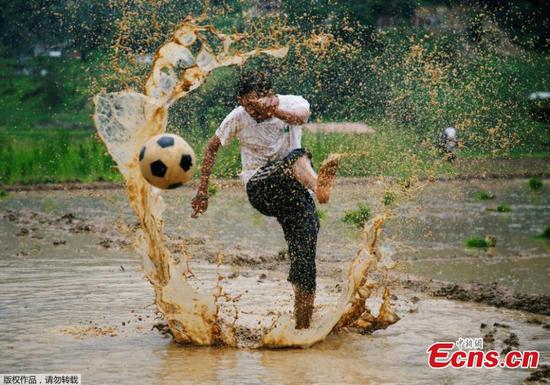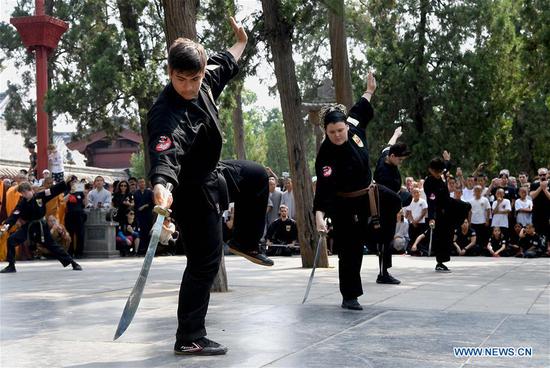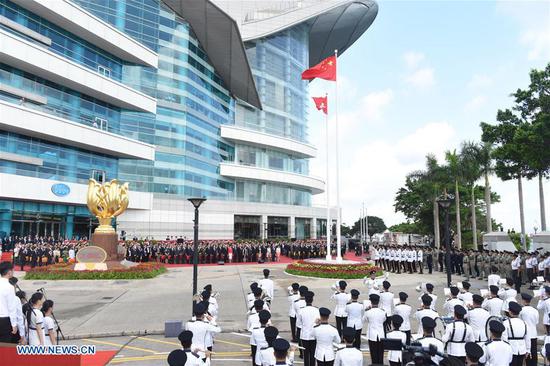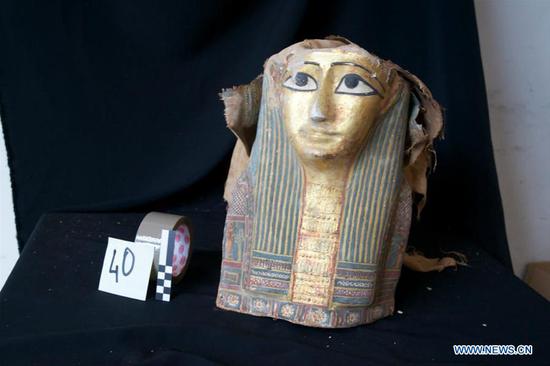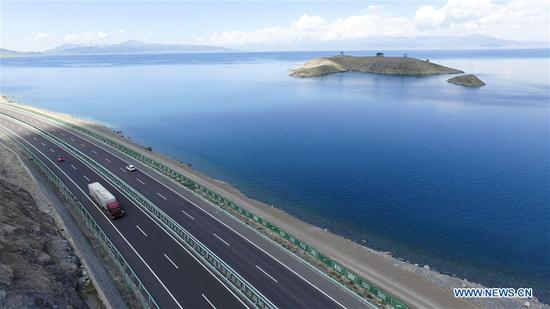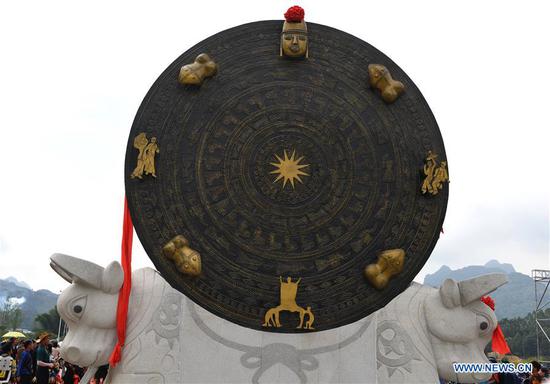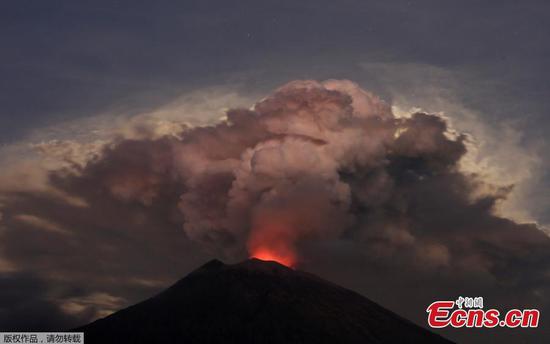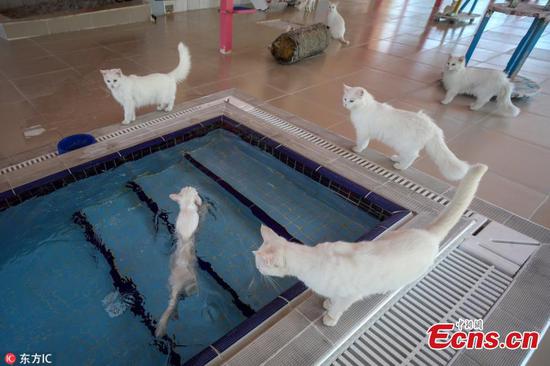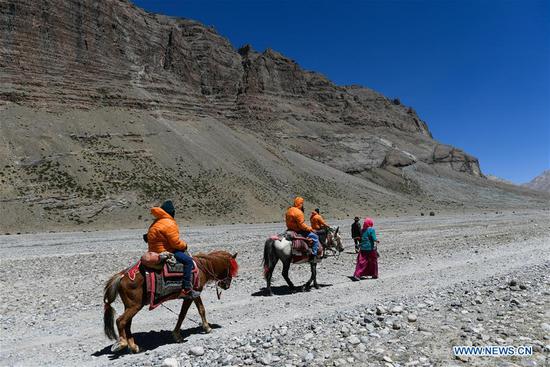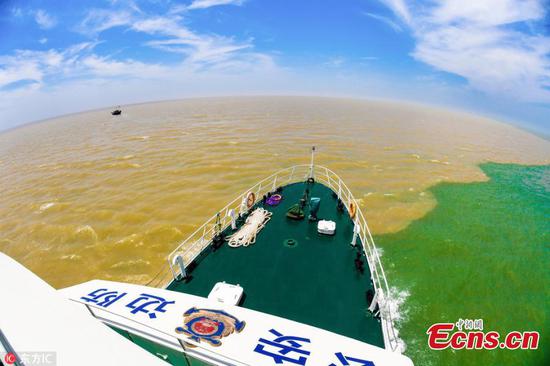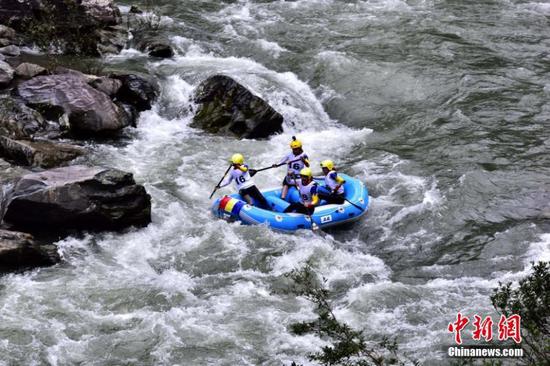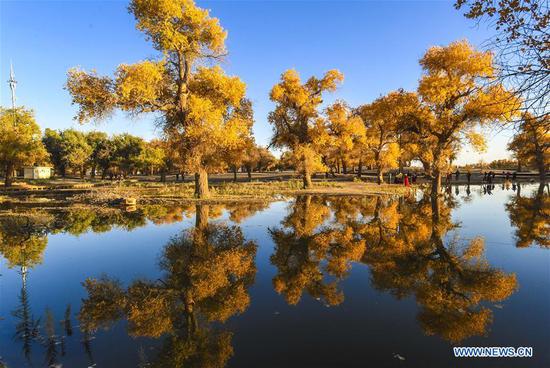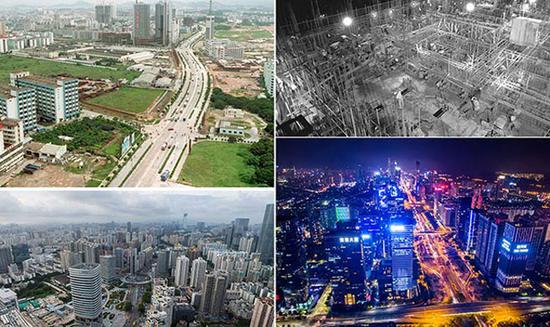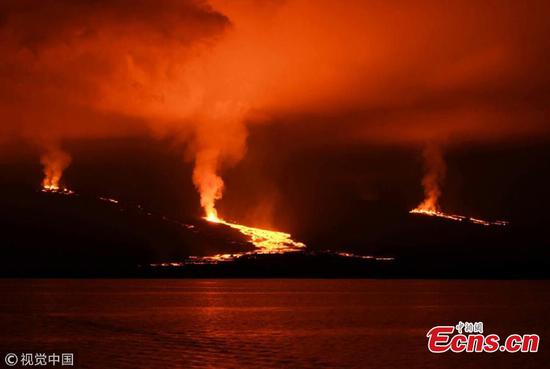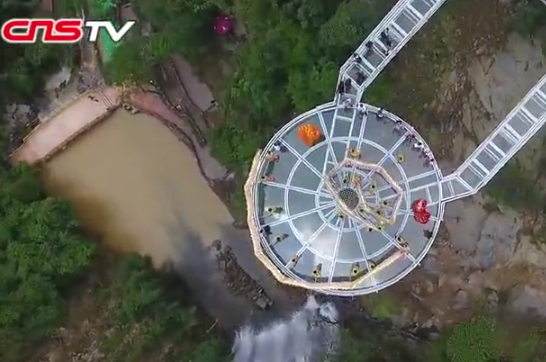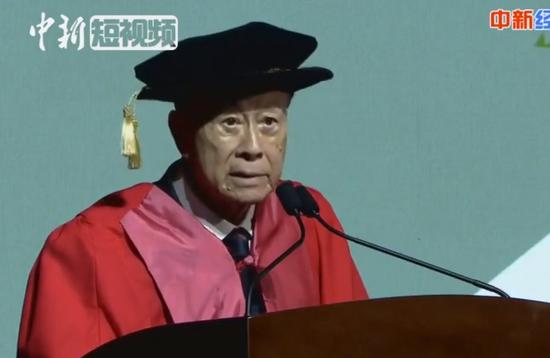
Opportunities
Feng Hu, director of forest protection in Caijiachuan, has witnessed the change in the microclimate as a result of the growing forestry coverage. For example, the amount of rainfall has risen by about 10 percent in the past decade.
"Before, one of my biggest concerns was whether the plants would receive enough water, but that has ceased to be a problem since the forest defense came into being," said the 36-year-old Caijiachuan native.
The area is becoming known as a microcosm of the country's long battle against desertification, but there is still a long way to go, not only for China, but globally.
In the past 40 years, the Earth has lost one-third of its arable land to erosion and degradation, according to a 2013 report by the United Nations Convention to Combat Desertification.
The report noted that desertification, land degradation and drought accelerated worldwide during the 20th century, especially in arid, semi-arid and dry sub-humid areas, and predicted that the process will intensify in the next 100 years.
However, that sentiment seems a world away from Caijiachuan, a watershed on a tributary of the Yellow River, where plans are being made to transform the area into a national forest park in light of its growing fame as an area of lush, green beauty.
"There used to be only one color - yellow," Feng said. "In the old days, sand ruled the land. Today, the sand's movement has been halted, and as the forest expands the sand is effectively on the retreat."









